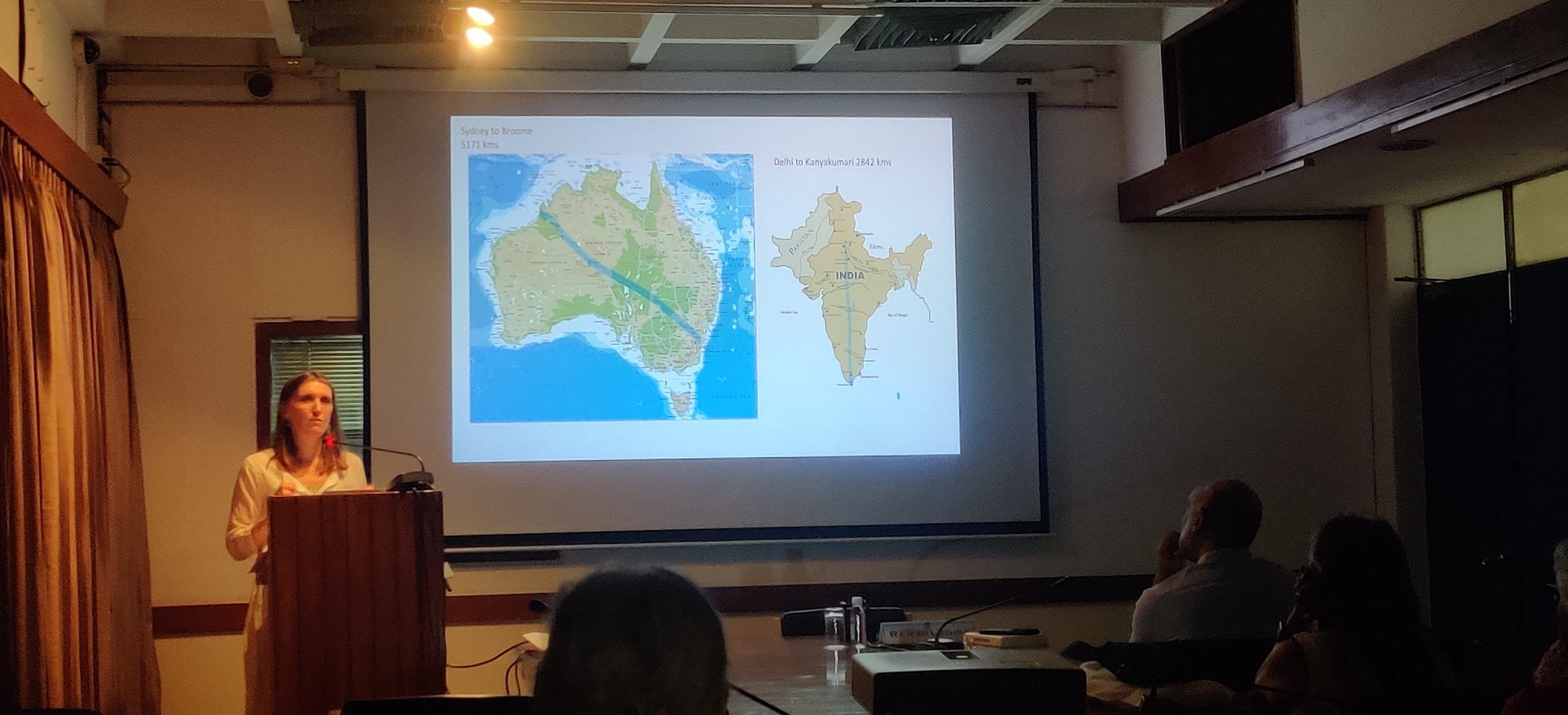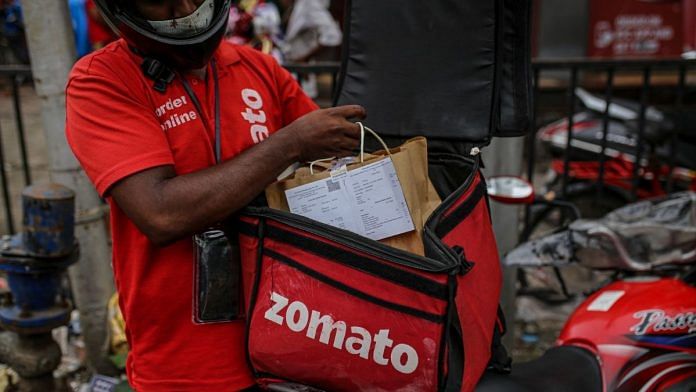New Delhi: Foreigners are not the only people with a problematic and limited understanding of Indian food. Most Indians themselves don’t know much beyond ‘ghar ka khana’. That’s the precise problem Australian food writer and historian Charmaine O’Brien says she faced while documenting and researching Indian food. Brien, who has travelled the country for the last 25 years, has studied the outside-inside binary in Indian culinary habits. But there is a new problem, she says — food delivery apps, and the supermarket and cafe boom.

“Food doesn’t change itself, things change food,” Brien said at a talk at New Delhi’s India International Centre Tuesday. That external driver is, more often than not, economics.
As urban India sees more cake shops than seasonal produce and supermarkets with glossy packaging than fresh food, a silent change is taking place in our kitchens and plates. That’s the theme of Brien’s next book Routes of Connection: Journeys through India’s contemporary foodscape, slated to release in early 2023.
Technology, women going out to work, and globalisation are the primary drivers for this change. But can women be blamed for choosing convenient packaged food over slogging in the kitchen?
“I have been inside a lot of domestic kitchens across India, and I can count the number of times a man has cooked,” said Brien.
Also read: ‘Literature isn’t a samosa’ – Geetanjali Shree says Tomb of Sand celebrates older women, words
How 1990s changed the Indian plate
In Australia, almost all produce look and feel the same because they are cultivated keeping exports in mind. The odd tomato with the zany shape goes into the ‘wonky’ bin at the grocery store. When you standardise food products, you compromise on flavour, says Brien. But when she came to India first, over two decades ago, that was not much of a problem. Curd was made at home, the fish was customised to your needs at Delhi’s CR Park market, and the vegetables were seasonal. Waste was minimal. But it was the 1990s and India was going to change.
“Arriving in India first in 1995, I stepped into a country transitioning from a Soviet-style approach to economic and social growth towards a free-wheeling capitalist future. At the time, I had no idea about the change I was witnessing,” says Brien, who has also authored The Penguin Food Guide to India.
It was an industrial revolution of sorts.
The inside-outside food binary was rigid — home food was valued and placed at an altar. But a growing India meant an influx of international products, technology, and women getting more job opportunities. A trend that has only picked up pace
through the decades. It led to ready-to-eat meals, packaged food, and finally, home delivery. Remember, Domino’s revolutionised the game with its ’30 minutes nahin toh free’ campaign in 2004. When money comes in, people seek novelty — even in food. This started breaking down the walls between home and the world outside, and Indian food has been on the move ever since — now from outside to inside.
“Food trends often start at the top. People want to mimic what they see,” noted Brien. You see others eat at the latest food franchise, you want to eat there too. Brien said that the latest entrant is the health and wellness fad in urban India. A trend she saw start with “WWW—Wealthy White Women” on social media.
On the one hand, this standardisation and commodification of Indian food led to an enormous amount of food and packaging waste and compromise on quality; Brien remembers seeing brinjals wrapped in plastic film in a Mumbai supermarket. On the other, it has been a blessing for women and curiously, led to a rediscovery of indigenous cuisines and recipes, especially on Instagram and YouTube.
Quoting singer Joni Mitchell, Brien said: “You don’t know what you’ve got ’til it’s gone.”
Also read: Delhi goes on a book date with divorce and democracy, but Nehru steals the show
A romantic trap?
If you put the map of Australia and India next to each other, you’ll see the clear difference in land mass — the former is far bigger. But if you go from Kashmir to Kanyakumari in India, the regional variety of food makes for a whole encyclopaedia. Sydney to Broome? Over 5,000 kilometres and just ‘one food culture’.
So, how does an Australian author write and understand Indian food? Brien knew that her primary challenge would be not understanding the nuances of Indian food, society, and geography. But being an outsider also gave her a macro lens.
“Indians didn’t understand each others’ food culture,” she claimed.
There is also the trap of romanticising an idyllic Indian past before supermarkets ‘gobbled’ it up. Or the notion of women making fresh food while toiling in the kitchen and delivery apps ‘ruining’ it.
“Women have been major agents of change with food in India. And now women have changed,” says Brien. Food for thought?
(Edited by Humra Laeeq)



